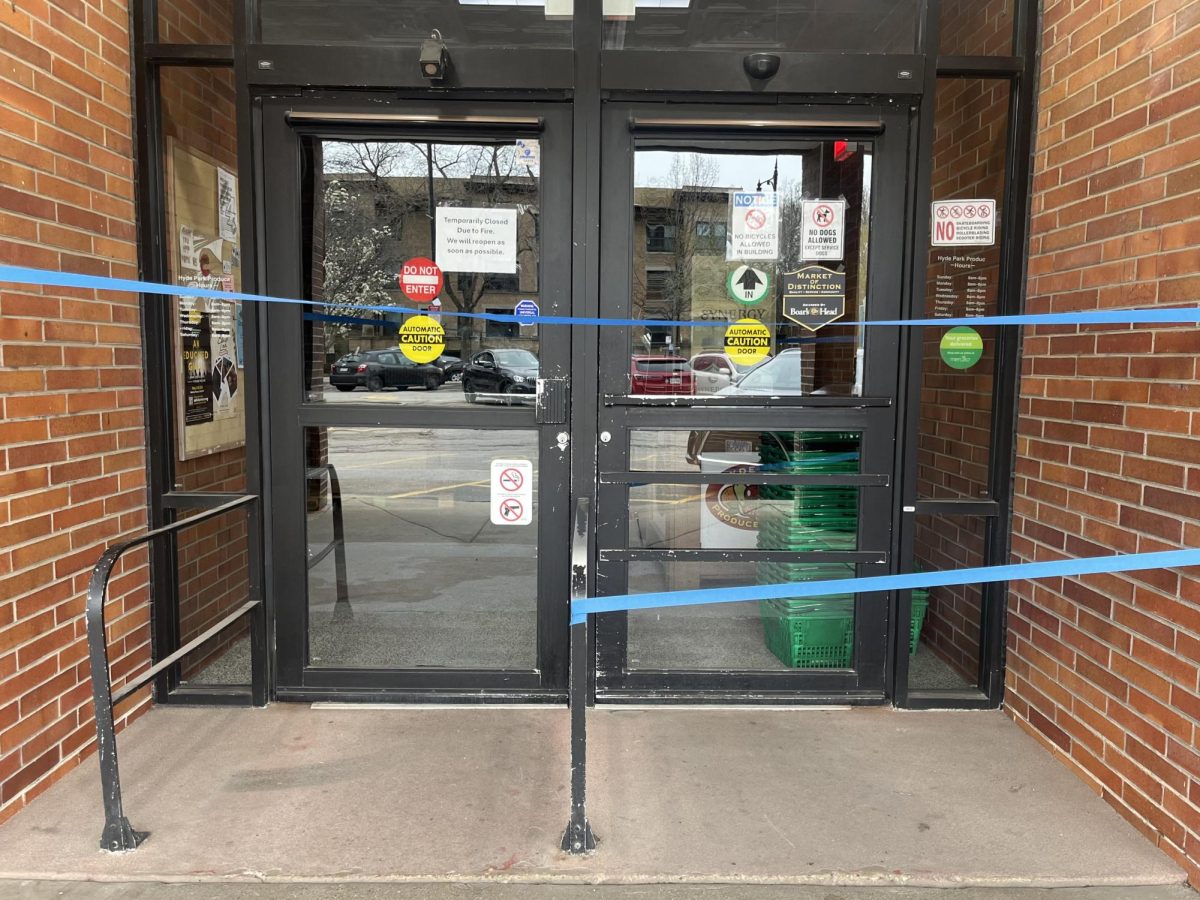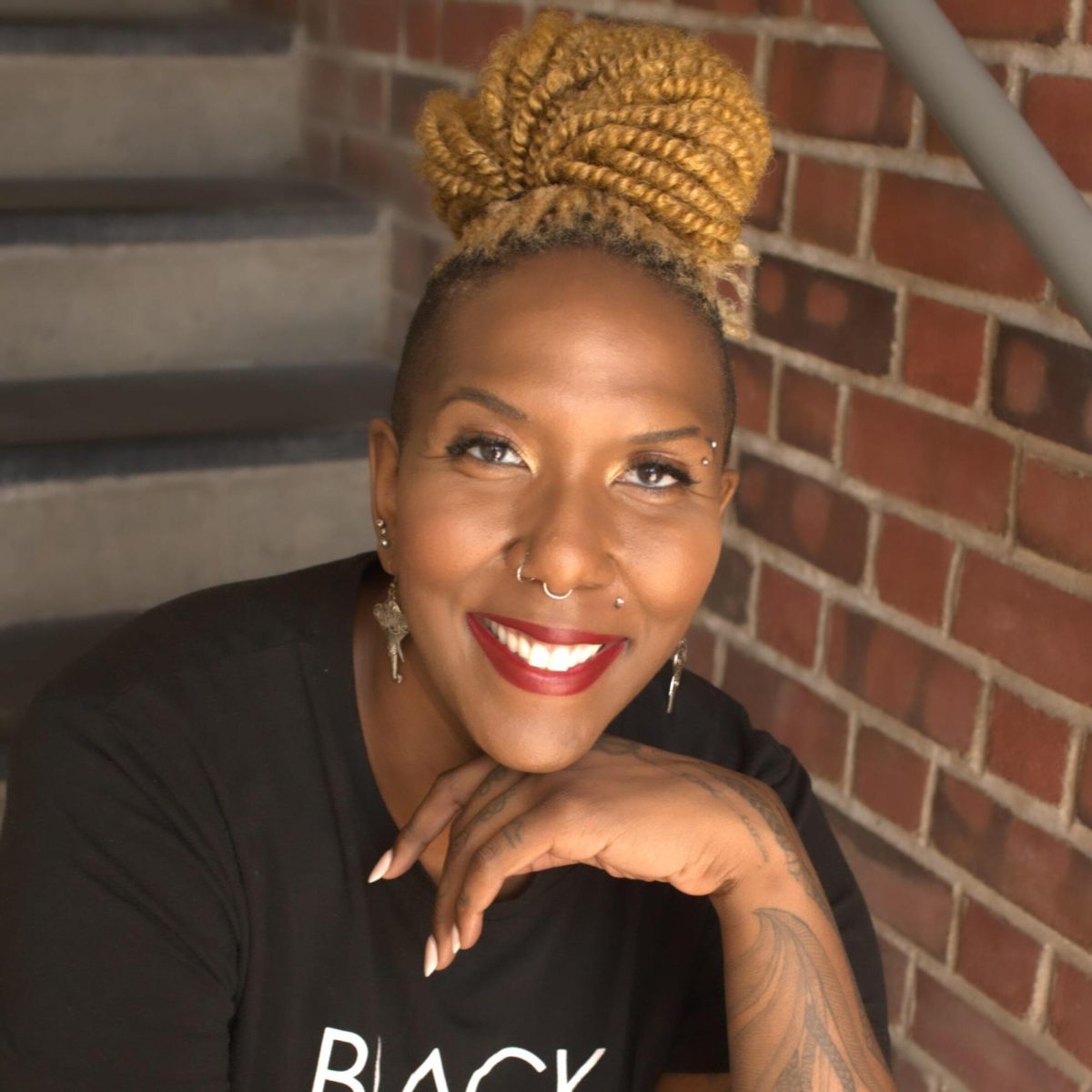For most people, deciding which bathroom to use in the Regenstein Library does not require mental gymnastics. But for some, a trip to the restroom is less simple, with gay, lesbian, and transgendered students worried about the implications of which bathrooms they enter.
At the Center for Gender Studies on Wednesday night, a panel of four discussed the need for gender-neutral bathrooms on campus, specifically one in the Regenstein and one in Cobb Hall.
Members of Feminist Majority, Queers & Associates, and the Center for Gender Studies organized the panel as part of the Coalition for a Queer Safe Campus.
“Going to the bathroom is a moment where definition is very important in choosing a door,” said Mary Anne Case, one of the panelists.
She pointed out that many women’s restrooms have a caricature of a person in a dress on it. “Going into it implies that we are willing to be associated with that image. There are only two [images] to choose from. This moment involves an act of self-labeling.”
The bathrooms would materially remain the same, but both sexes would be allowed to use either one. There are already bathrooms like this in Pierce and BJ.
Bill Michel, deputy dean of the College, said that the University was just beginning to research the issue. “I was pleased that the students organized on open panel discussion to highlight the issues and encourage community discussion on the topic,” he said. “If we are to make this change it would be in order to meet the needs of members of our community.”
Michel said that he would review the practical issues and assess the impact of the change with the students who made the request.
Ana Minyan, the moderator of the panel, said that bathrooms will be called gender-neutral, rather than co-ed, because, “this terminology is generally used to refer to two sexes while the gender-neutral tends to be associated with more diversity and fluidity within the sex-gender continuum. As our aim is to make everyone, no matter what their gender and/or sexual persona is, more comfortable, we are using the term gender-neutral.”
The panelists pointed out that many of the supposed benefits of gender-segregated bathrooms are in fact weaknesses of the system. Case, who is involved with ongoing anecdotal research on gender iniquities in bathroom allotments, called her research “the toilet survey” to ridicule the disadvantages associated with conception of separate but equal.
The questionnaire asks patrons at restaurants, stadiums, and other public places to mark how many stalls and urinals are in their restroom. It also asks what additional “services” each offers (mirror, attendant, baby-changing table, etc.).
Case said that the safety of these bathrooms that appeals to many women is, in fact, an illusion. She pointed out that much male-on-female violence occurs in women’s bathrooms, perhaps because of this illusion.
“People get all worked up about [women having their own space], but then they realize it’s not as perfect as they thought,” said panelist Naomi Sobel.
“Gender is what is being policed in women’s and men’s restrooms, not sex—people react to your presentation, not your genitals,” Sobel added via e-mail.
An issue that emerged from discussion several times was the “dailyness,” or the frequency with which one is confronted with the fear of ridicule for walking into the wrong bathroom.
Red Vaughan Tremmel, another panelist, said that she knew someone who was making a cross-country road-trip and bought an RV to avoid using public bathrooms. “At first, my reaction was, ‘Oh wow, what a great idea,’ but then I thought, ‘Wow that’s sad that someone would have to go to such lengths to feel comfortable,'” she said.
Nate Claxton, another panelist, knew people who had contracted bladder infections because choosing a gender bathroom bothered them so much that they did not go to the bathroom all day.
Reaction around campus to the idea of gender-neutral bathroom was mixed. Roger Simon, a second-year in the College, agreed with the idea. “I believe that if all parts of the body were treated equally, and there was not so much emphasis on genitalia, than people could move beyond gender differences and grow mentally and socially,” he said.
Sheera Talpaz, a first-year in the College, added, “You might have a hard time getting most people to use those bathrooms, which would alienate the people you’re trying to help out.”









